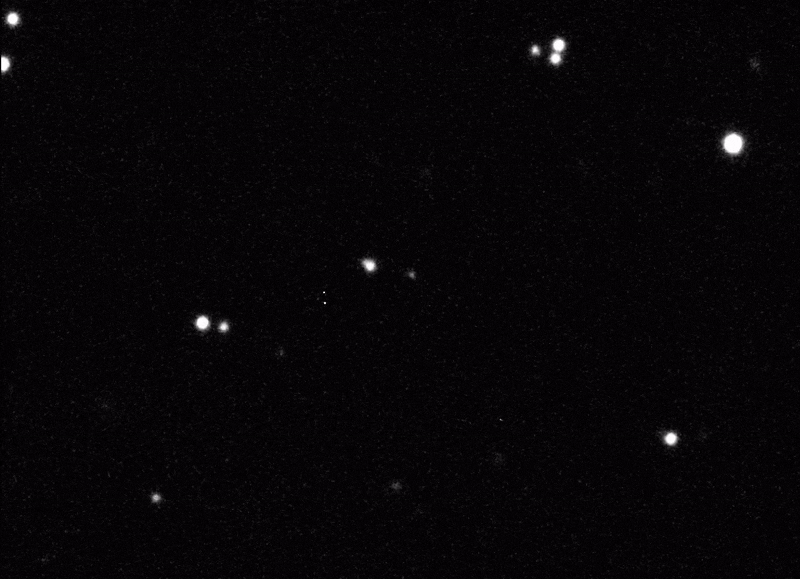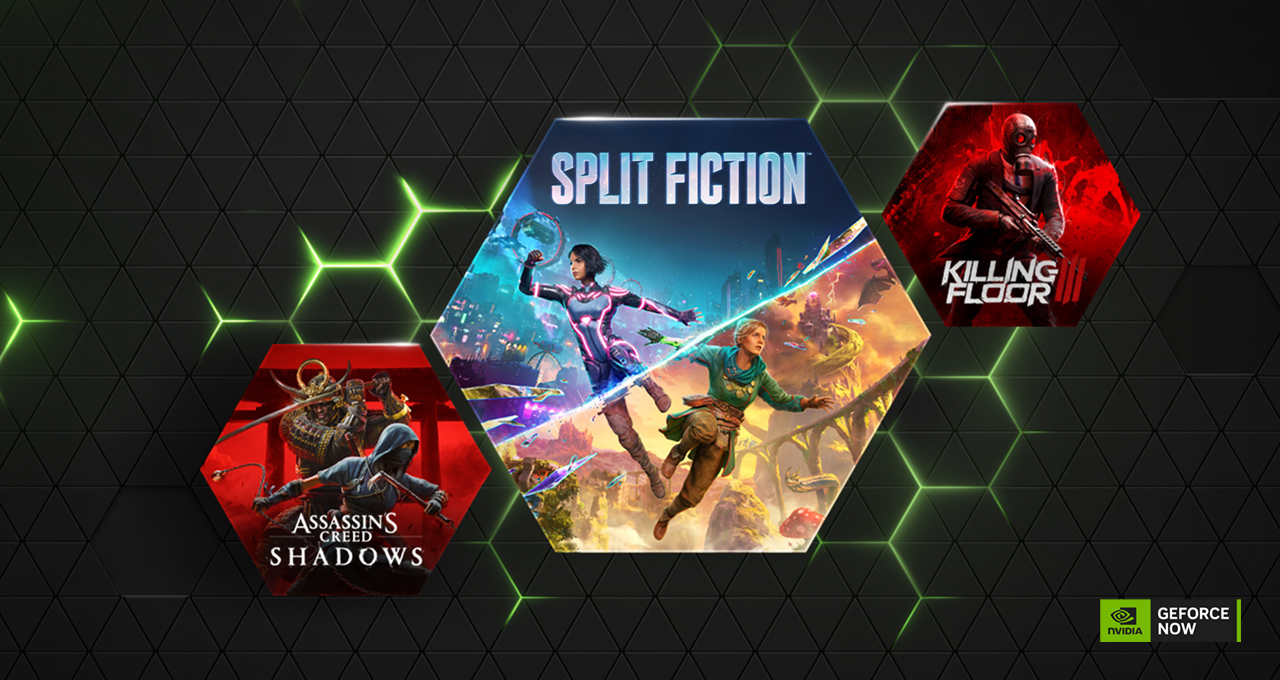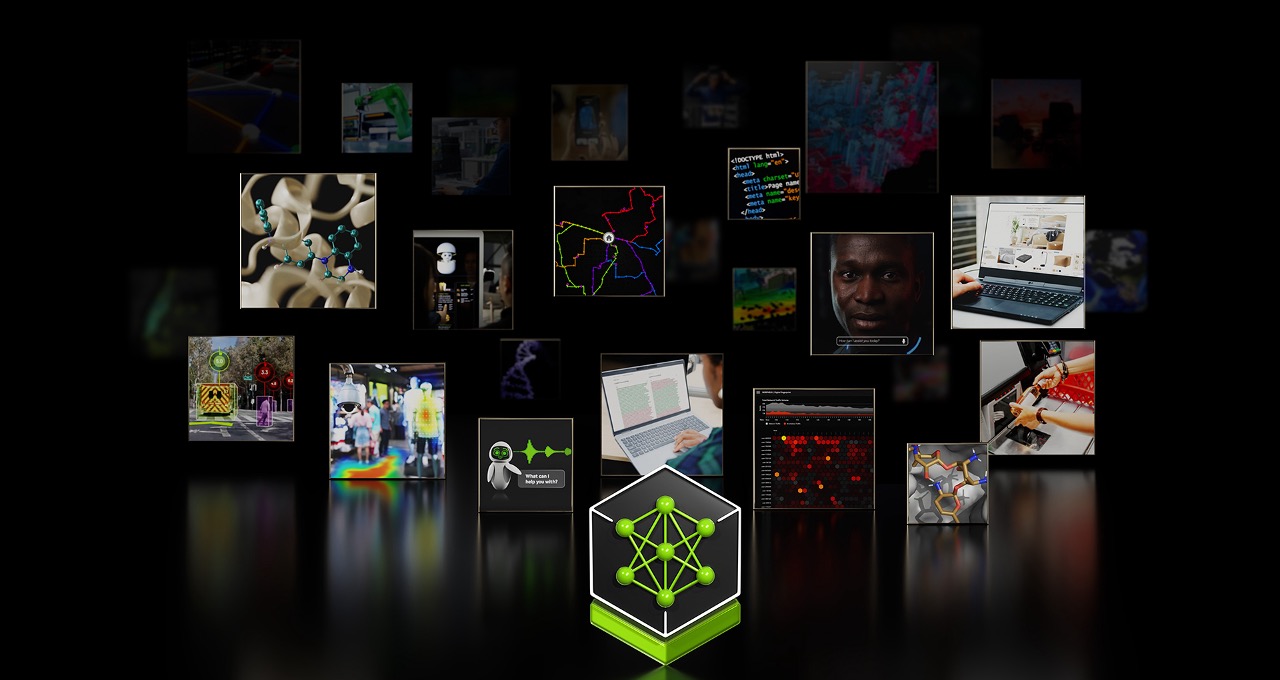
Asteroids were responsible for extinction events hundreds of millions of years ago on Earth, providing no shortage of doomsday film plots for Hollywood.
But researchers focused on asteroid tracking are on a mission to locate them for today’s real-world concerns: planetary defense.
The new and unexpected discovery tool applied in this research is NASA’s James Webb Space Telescope (JWST), which was tapped for views of these asteroids from previous research and enabled by NVIDIA accelerated computing.
An international team of researchers, led by MIT physicists, reported on the cover of Nature this week how the new method was able to spot 10-meter asteroids within the main asteroid belt located between Jupiter and Mars.
These rocks in space can range from the size of a bus to several Costco stores in width and deliver destruction to cities on Earth.
The finding of more than 100 space rocks of this size marks the smallest asteroids ever detected in the main asteroid belt. Previously, the smallest asteroids spotted measured more than half a mile in diameter.
Researchers say the novel method — tapping into previous studies, asteroid synthetic movement tracking and infrared observations — will help identify and track orbital movements of asteroids likely to approach Earth, supporting asteroid defense efforts.
“We have been able to detect near-Earth objects down to 10 meters in size when they are really close to Earth,” Artem Burdanov, the study’s co-lead author and a research scientist in MIT’s Department of Earth, Atmospheric and Planetary Sciences, told MIT News. “We now have a way of spotting these small asteroids when they are much farther away, so we can do more precise orbital tracking, which is key for planetary defense.”
New research has also supported follow-up observations on asteroid 2024YR4, which is on a potential collision course with Earth by 2032.
Capturing Asteroid Images With Infrared JWST Driven by NVIDIA GPUs
Observatories typically look at the reflected light off asteroids to determine their size, which can be inaccurate. Using a telescope with infrared, like the JWST, can help track the thermal signals of asteroids for a more precise way at gauging their size.

Asteroid hunters focused on planetary defense are looking out for near-Earth asteroids. These rocks have orbits around the Sun that are within 28 million miles of Earth’s orbit. And any asteroid around 450 feet long is capable of demolishing a sizable city.
The asteroid paper’s co-authors included MIT professors of planetary science co-lead Julien de Wit and Richard Binzel. Contributions from international institutions included the University of Liege in Belgium, Charles University in the Czech Republic, the European Space Agency, and institutions in Germany including the Max Planck Institute for Extraterrestrial Physics and the University of Oldenburg.
The work was supported by the NVIDIA Academic Grant Program.
Harnessing GPUs to Save the Planet From Asteroids
The 2024YR4 near-Earth asteroid — estimated as wide as 300 feet and capable of destroying a city the size of New York — has a 2.3% chance of striking Earth.
Movies like Armageddon provide fictional solutions, like implanting a nuclear bomb, but it’s unclear how this could play out off screen.
The JWST technology will soon be the only telescope capable of tracking the space rock as it moves away from Earth before coming back.
The new study used the JWST, the best-ever telescope in the infrared, on images of TRAPPIST-1, a star studied to search for signs of atmospheres around its seven terrestrial planets and located about 40 light years from Earth. The data include more than 10,000 images of the star.
After processing the images from JWST to study TRAPPIST-1’s planets, the researchers considered whether they could do more with the datasets. They’re looking at if they can search for otherwise undetectable asteroids using JWST’s infrared capabilities and a new detection technique they had deployed on other datasets called synthetic tracking.
The researchers applied synthetic tracking methods, which doesn’t require previous information on an asteroid’s motion. Instead it does “fully blind” search by testing possible shifts, like velocity vectors.
Such techniques are computationally intense, and they created bottlenecks until NVIDIA GPUs were applied to such work in recent years. Harnessing GPU-based synthetic tracking increases the scientific return on resources when conducting exoplanet transit-search surveys by recovering serendipitous asteroid detections, the study said.
After applying their GPU-based framework for detecting asteroids in targeted exoplanet surveys, the researchers were able to detect eight known and 139 unknown asteroids, the paper’s authors noted.
“Today’s GPU technology was key to unlocking the scientific achievement of detecting the small-asteroid population of the main belt, but there is more to it in the form of planetary-defense efforts,” said de Wit. “Since our study, the potential Earth-impactor 2024YR4 has been detected, and we now know that JWST can observe such an asteroid all the way out to the main belt as they move away from Earth before coming back. And in fact, JWST will do just that soon.”
Gif attribution: https://en.wikipedia.org/wiki/2024_YR4#/media/File:2024_YR4_ESO-VLT.gif
Blog Article: Here



